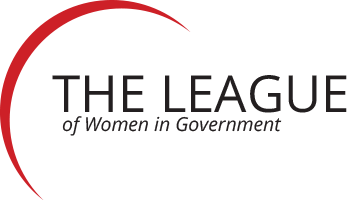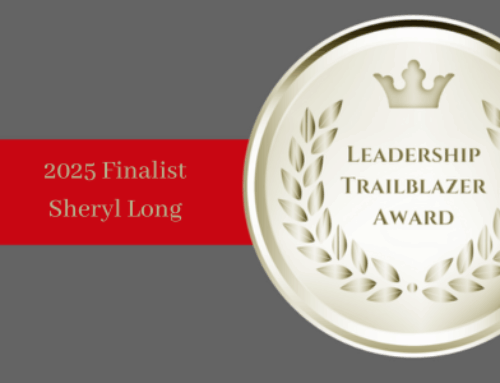“The current conversation about feminism, women, work and leadership must change if we are to truly get to equality,” writes Megan Dalla-Camina.
By Megan Dalla-Camina
It’s International Women’s Day this week, a day where we celebrate the wonderful achievements of women and girls throughout the world. It’s also a day where we remind ourselves just how far we have left to go, to live in a world that is safe, just and equitable for everyone. And it’s a day where we focus our collective attention back to the seemingly immovable problem of getting more women into leadership roles.
So where exactly are we? Let’s start with all that we have to celebrate. There have been some giant leaps forward in the past decade, and incredible leaders are shining a light on all that is good and possible for women in the world today. Malala Yusufzai becoming the youngest ever winner of the Nobel Peace Prize; Hillary Clinton changing the face of US Presidential races; Indra Nooyi and Ginni Rometty becoming the first ever female CEO’s of their respective global companies, Pepsico and IBM; Sheryl Sandberg changing the global dialogue about women, work and leadership through the Lean In movement; and Arianna Huffington showing everyone that success can have a new definition and it’s called thriving.
Women are breaking almost every conceivable barrier, and both our voices and collective feminine energy are rising. But whilst there have been significant moves forward and real progress made, you only need to look at both the current discourse and the statistics, to see that there is still a long way to go before we get anywhere near equality; women lead just 4% of the Fortune 500, 9.3% of countries around the world, 15.4% of the ASX 200 in Australia, and a mere 7 out of the FTSE 100 in the UK. In fact, as has been well reported in research conducted by The Guardian, there are more men with the name John (17) than there are women leading UK companies, data that is also reflected in the US market, but on a much greater scale.
Whilst some progress has been made, it is so small that even the LeanIn.org and McKinsey & Company global report on the status of women and work, states that what we are doing is not working. And when the World Economic Forum declares that it will take 117 years to reach gender parity, a slow down in 2015 over 2014 projections, you know we still have a massive problem to fix.
But I’m guessing that I’m not telling you anything that you don’t already know.
So where do we go from here? We have the Lean In movement, the Male Champions of Change, male CEO’s coming together at Davos this year to declare they have a role to play to fixing the problem, #pledgeforparity, Planet 50/50 by 2030 and countless other initiatives to address the issue of lack of women in leadership roles. And yet, here we still are, with the same numbers, having the same conversations, about the same problem.
I think it’s time to consider, that perhaps we are asking the wrong questions and that it’s well past time to change the conversation. Where would we start?
How about we start changing it by ceasing to suggest that the reason why there aren’t more female CEO’s is due to mothering responsibilities, lack of ambition or lack of available talent.
How about changing it from trying to ‘fix the women’ and getting them to fit into masculine workplaces and male models of leadership and success, and acknowledge that women are in fact different, that that doesn’t make them ‘less than’, and that they have unique value to offer.
How about changing it by waking up to research that tells us people all over the world want a new type of leader. People are desperately crying out for more feminine traits in their leaders, and are calling for an end to command and control, short term, aggressive leadership behavior in favor of more empathetic, collaborative and nurturing leaders. And whilst both men and women have access to these feminine traits, it’s only natural that women are in a perfect position to leverage them for leadership success.
How about changing the conversation by intentionally shifting our workplace cultures from ones based on fear, scarcity and negativity, to ones that promote a strengths based culture, seeing the best in our people, and activating and amplifying the positive.
And perhaps it’s time, in fact I know it is, to stop talking so intently about the problems, and start shining a spotlight on what is actually working to create the positive change we want to see. To start looking for the bright spots and amplifying them. To seek out where women are striving forward and celebrate them. To hold up the men who are actually creating change, not just talking about it. And to hold space for the revolutionary thought that maybe, just maybe, we could be closer than we think to the change we want to see, if women stepped fully into their power, realized their immeasurable worth, and collectively were to rise up for change. Look around you – it is happening – so let’s start having more conversations about that.
The current conversation about feminism, women, work and leadership must change if we are to truly get to equality. This impacts women, of course, but also men, the organizations we work in and societies in which we live. But we can’t just keep talking endlessly about the problems. New models of change show us that by focusing on what is working, what is possible and where positive change is already taking place, we have a fast track to the new state of work we all want to see.
This week of International Women’s Day, what will you do? How will you change the conversation to one that matters, and to one that stops just rolling over the issues of the past, and starts looking forward to new solutions, positive outcomes and revolutionary change? We can each contribute to that change, and to this new conversation that will enable it. Let’s start today.
__________
You can follow Megan Dalla-Camina on Twitter: www.twitter.com/mdallacamina. This article was reprinted and originally posted on HuffingtonPost.com.






